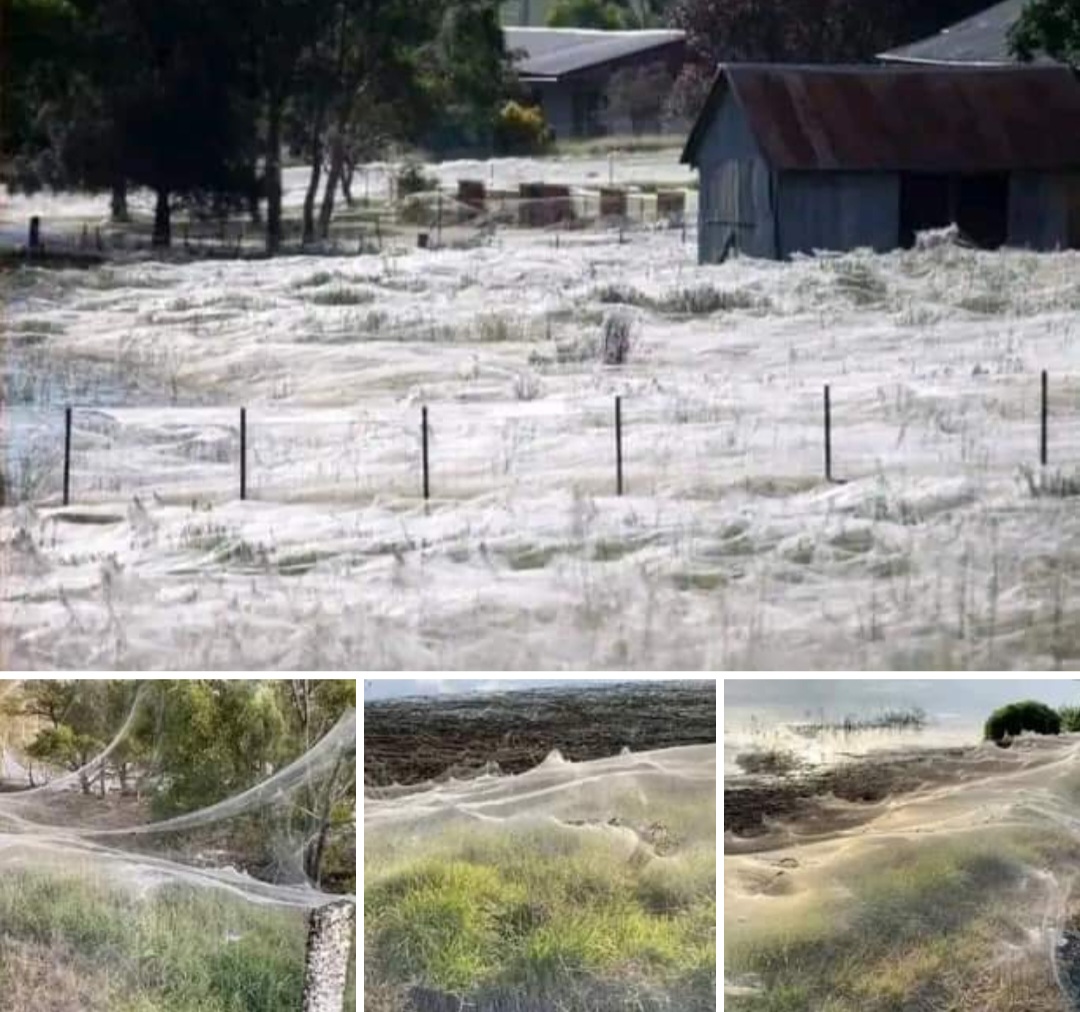The Spider Web Season in Australia: A Captivating Natural Phenomenon
Australia, known for its unique environmental richness, showcases a variety of natural phenomena that captivate both visitors and researchers.
Among these is the extraordinary “spider web season,” a stunning visual event that takes place each spring. During this time, spider webs blanket the Australian landscape, creating a mesmerizing display of shimmering threads that enthrall and astonish observers.
When Does Spider Web Season Occur?
Spider web season in Australia typically begins from late summer to early autumn.
This period is marked by specific climatic conditions that encourage spiders to build their webs. The transition in temperature and humidity provides an ideal environment for spiders to construct their webs, which become more visible and intricate.
These conditions prompt spiders to seek suitable locations to anchor their webs, which can sparkle under the sun or be adorned with droplets of dew.
Types of Spiders Involved in the Phenomenon
Several spider species contribute to this remarkable phenomenon:
Orb-Weaver Spiders: These are among the most common spiders responsible for creating large, complex webs.
Orb-weavers build their distinctive circular webs, which can be seen in trees, gardens, and open areas.
Their large webs are effective in trapping small insects that fly into them.
House Spiders: These spiders build their webs in damp, dark areas such as corners of homes and unused spaces.
While their webs may not be as large as those of orb-weavers, they play a crucial role in controlling insect populations inside homes.
Black Widow Spiders: Known for building their webs in dark, undisturbed places, black widow spiders create strong, well-constructed webs.
Although their webs are smaller, they are highly effective in capturing prey.
This spider is also notable for its potent venom.
How Weather Conditions Affect Web Building
Weather conditions significantly impact the construction of spider webs.
Warm, humid weather provides an optimal environment for spiders, making the threads more visible and attractive.
Rainfall contributes to increased humidity, which enhances the durability of the webs and makes them more effective in trapping insects.
The Environmental Impact of Spider Webs
While spider webs might seem unusual or unwelcome to some, they play an important ecological role.
Spiders are natural predators that help control insect populations and prevent the spread of pests.
By capturing flying and crawling insects, spiders contribute to maintaining ecological balance and preventing damage to crops or nuisance to humans.
How Visitors Can Enjoy the Phenomenon
To fully appreciate the spider web season, visitors can explore rural areas and national parks in Australia, where the webs are most prominent.
It’s important to maintain a safe distance from spiders, especially those that might be venomous.
Using cameras to capture the intricate details of the spider webs allows visitors to enjoy the beauty of these natural structures while keeping a safe distance.
Conclusion
The spider web season in Australia exemplifies the beauty and complexity of nature.
This phenomenon not only offers a stunning visual experience but also reflects the ecological diversity and delicate balance maintained by the natural world.
Observing these webs sparkling in the sunlight or glistening with dew provides a unique opportunity to appreciate the extraordinary beauty and intricacy of Australia’s wildlife.
